Smashing Patriarchy — One Painting at a Time
Artemisia Gentileschi — The female Caravaggio
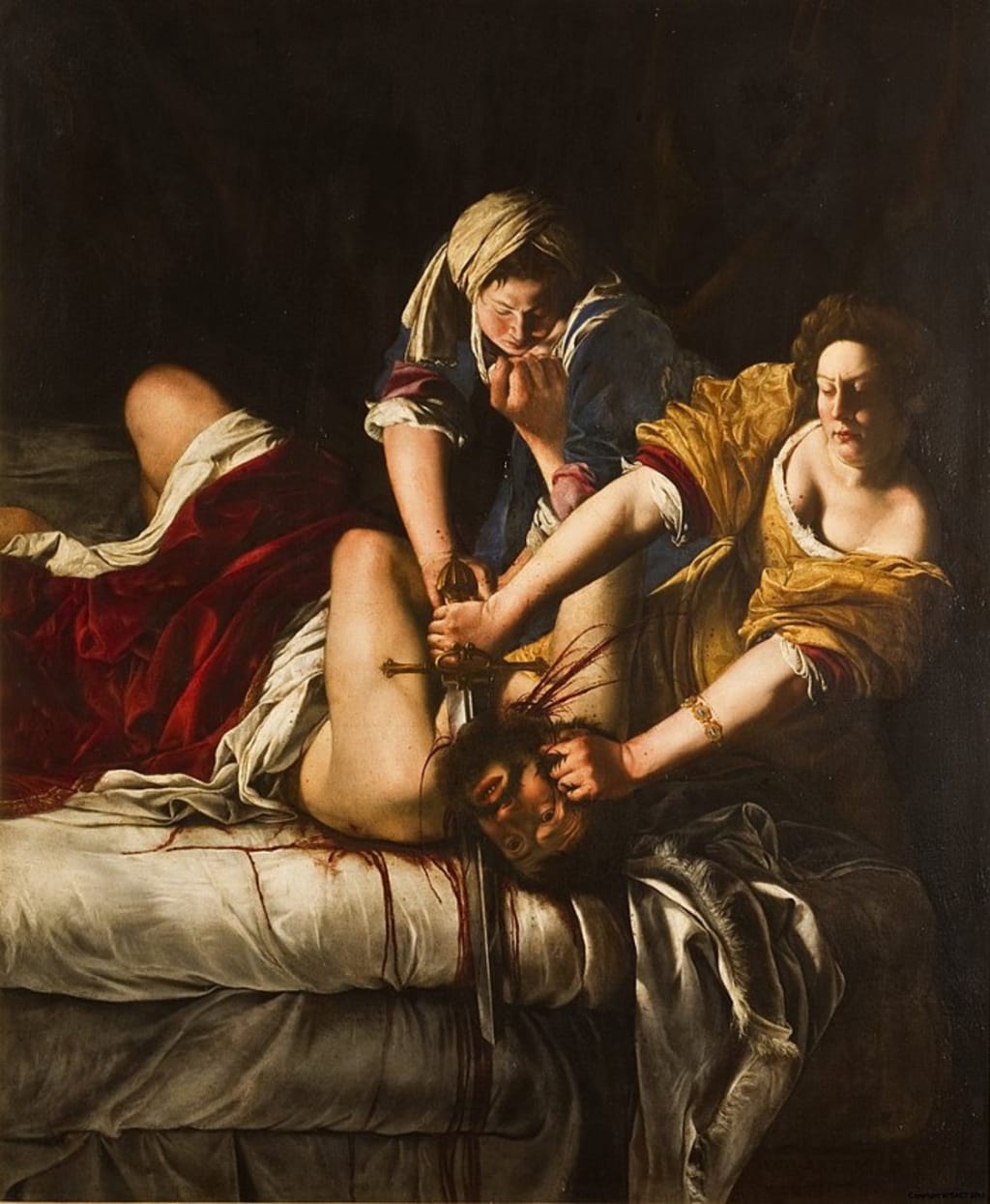
Two women are pressing a man down on a bed. One puts her fist against his right temple while the other grips his torso. Although the man tries to push the woman in the blue gown, away from his right hand, he can not defeat the combined strength of both the women. The woman in the yellow gown cuts his throat through a golden sword with no repentance on her face. The blood spurts through the bedsheet and the victim's eyes are wide open.
The dying man is Holofernes, an enemy of the Israelites in the Old Testament, and the young woman beheading him is Judith, who resolved to save her people by slaying Holofernes. Yet at the same time, he is an Italian painter called Agostino Tassi and the woman is Artemisia Gentileschi.
The blood-drenched painting Judith Slaying Holofernes is housed in the Uffizi Gallery in Florence and is supposedly a self-portrait of Artemisia Gentileschi.
Artemisia Gentileschi was one of the rare female artists in the 17th-century Baroque era. In an era where domestic responsibilities were only a women's prerogative, Gentileschi started producing professional work with a high order of precision. She became the first woman to be a member of the Academy of the Arts of Drawing in Florence.
She was born in Rome and was the eldest child of the Tuscan painter Orazio Gentileschi. Her father's art style was immensely influenced by the maverick Baroque painter Caravaggio. She inherited the same style and started incorporating drama and naturalism in her art.
But Gentileschi was never attributed credit for the paintings she created during her lifetime. Rather, she was tortured and outcasted from society.
Gentileschi's rape
Gentileschi's father hired Agostino Tassi to give his daughter art lessons. Unfortunately, Gentileschi was raped at the minor age of 17; Tassi did this demonic act. Initially, Tassi assured Gentileschi that they would get married but later he declined.
Gentileschi's father took Tassi to court but Gentileschi, the victim, had to suffer excruciating court trials to demonstrate her integrity. The fact that the transcript of the court case survived discloses the courage and fighting spirit of Gentileschi.
Gentileschi talks to us from this 400-year-old document with a voice that is courageous and compelling. This case is a rare example of a woman in the pre-modern era who took a stand against the oppression that was just part of day-to-day life.
Tassi tricked his way into her room and started making unwanted offers of sex, she testified. "He then threw me onto the edge of the bed, pushing me with a hand on my breast, and he put a knee between my thighs to prevent me from closing them. Lifting my clothes, he placed a hand with a handkerchief on my mouth to keep me from screaming."
Her family and friends became her witnesses and had to go through months of trials. She constantly had to verify her accusations against Tassi. Gentileschi became famous not for her incredible body of work but for her openness about the nightmarish incident she had to face.
Yet Gentileschi suffered and Tassi was set free. Why? Well - he was protected by the patriarchal Church because of his art. Everybody knew he was a villain but he covered his sins under the support of papal authority.
Obviously, the rape psychologically affected Gentileschi but she turned the horrors of her life - rape, repression, and injustice onto canvas by incorporating biblical and mythological figures in her paintings.
With words and images, she fought back against the male violence that dominated her world.
It was only in the 20th and 21st centuries, art historians and scholars recognized her as one of the most progressive and expressive painters. Her art that was overshadowed for almost 400 years came under the spotlight and she received acknowledgment for the work, she always deserved.
Let's cover some of her paintings in this video that depicted her anger against men and how she smashed patriarchy on the canvas.
How Gentileschi took justice through her art
1. Susanna and the Elders
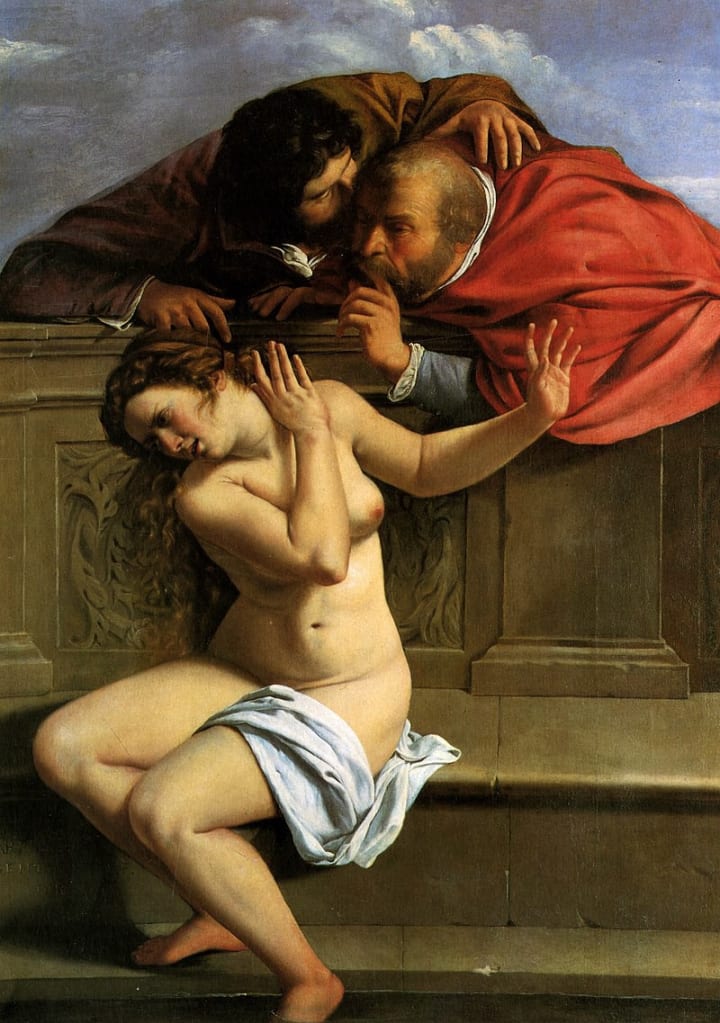
Susanna and the Elders was one of her earliest paintings painted in 1610. The painting depicted a biblical figure, Susanna who was spied upon by two elderly men while she went for a bath. The drama, agony of women, and nakedness portrayed in this picture made her art noticeable.
Art historians pondered how Gentileschi could paint female nakedness at such a young age and speculated whether she had studied female anatomy or used a model of her father's work studio.
2. Jael and Sisera
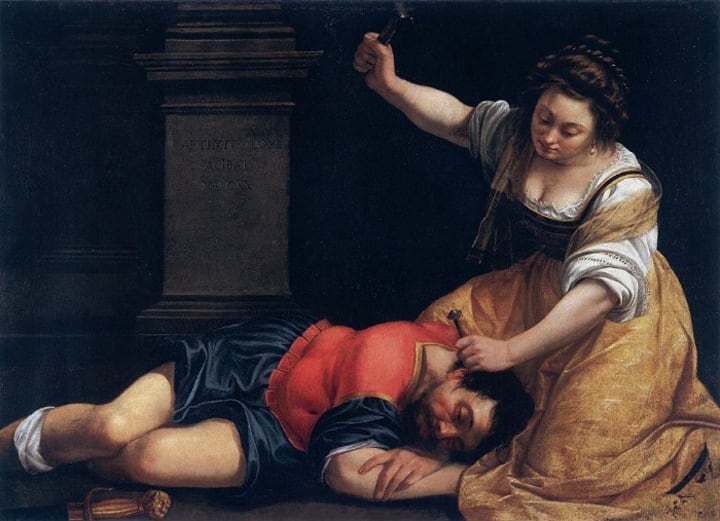
Jael and Sisera was another painting depicting her visual revenge using a biblical narrative. It depicted the moment in which Jael is about to kill Sisera, by making use of a tent peg. Gentileschi's signature visible on the pillar indicated that she truly appreciated the painting and let us interpret the main protagonist of the story.
3. Self-Portrait as Saint Catherine of Alexandria
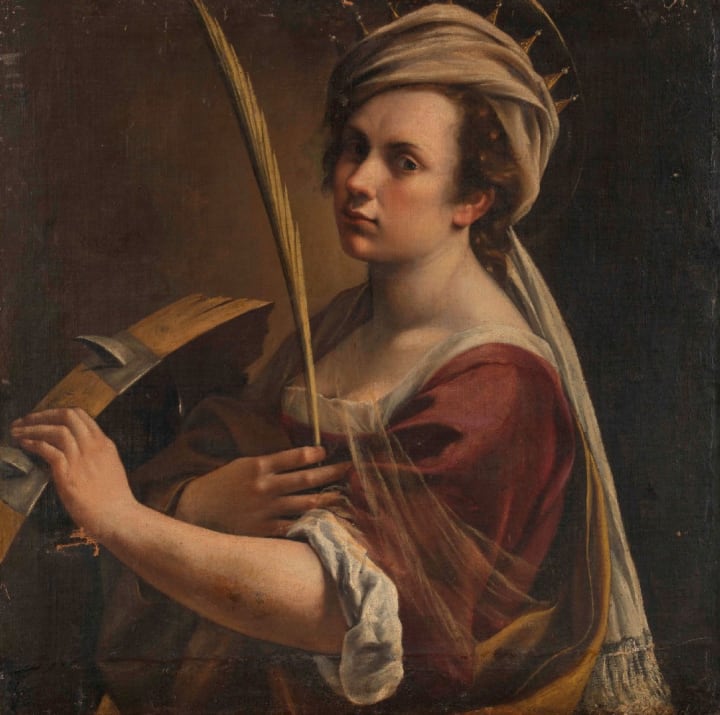
Do you know Self-Portrait as Saint Catherine of Alexandria was her representation of Women Martyrs in Christianity?
This painting shows the palm leaf, wheel, and the woman having neutral expressions on her face.
The depiction of martyrdom was an important subject during the baroque period. It symbolized the sacrifice of martyrs to protect the faith and inspire the common public to propagate Christianity. For this, the Catholic Church commissioned the baroque artists to paint images of their sacred Saints and religious figures to strengthen the power of papal authority.
But Christian iconography showed huge variations in depicting the male and female martyrs.
While male martyrs were depicted with expressions of agony and suffering, the female martyrs were represented before and after martyrdom with neutral expressions and apparently seemed to be physically unaffected.
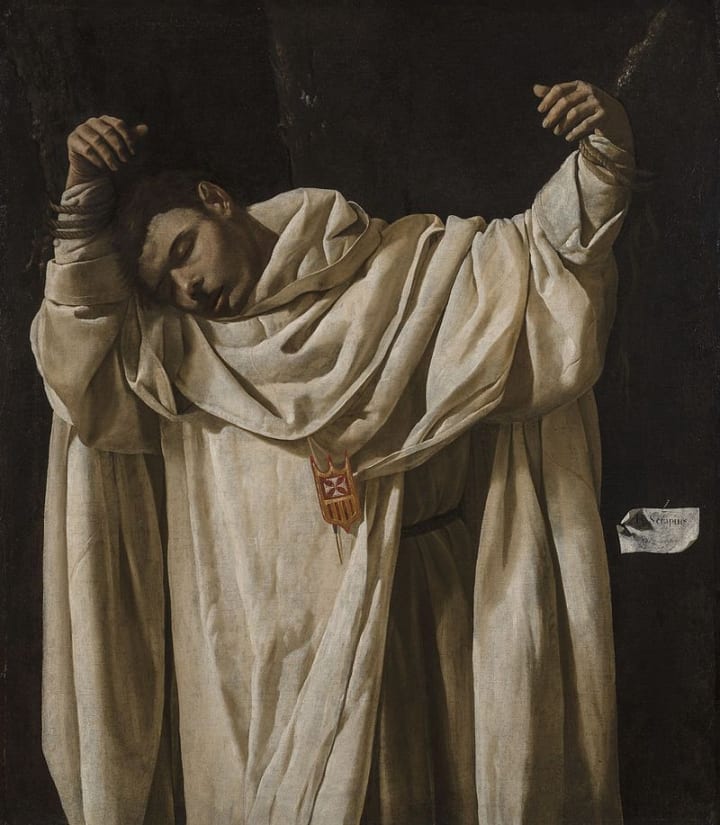
Had the symbols like a palm leaf and wheel were not added to these paintings, we would have not deciphered them as women martyrs in Christianity.
Finally
Gentileschi's art gained popularity with time and she was invited by Charles I to England in 1638. She painted the Self-Portrait as the Allegory of Painting. This painting depicted her as a strong woman who broke barriers and learned a rare skill (painting) in the male-dominated art world.
Gentileschi used art as a therapy to subside her personal catharsis, and seek justice, which she never received. She became one of the most celebrated female artists in modern Europe.
Gentileschi became the epitome of feminism long before the movement came into the picture.
Do you know any other female artist who has smashed patriarchy through her paintings? Please do let me know in the comments section.
References
1. More savage than Caravaggio: the woman who took revenge in oil
2. Artemisia Gentileschi, the baroque #MeToo heroine who avenged her rape through art
About the Creator
Kamna Kirti
Art enthusiast. I engage with art at a deep level. I also share insights about entrepreneurship, founders & nascent technologies.
https://linktr.ee/kamnakirti
Enjoyed the story? Support the Creator.
Subscribe for free to receive all their stories in your feed. You could also pledge your support or give them a one-off tip, letting them know you appreciate their work.


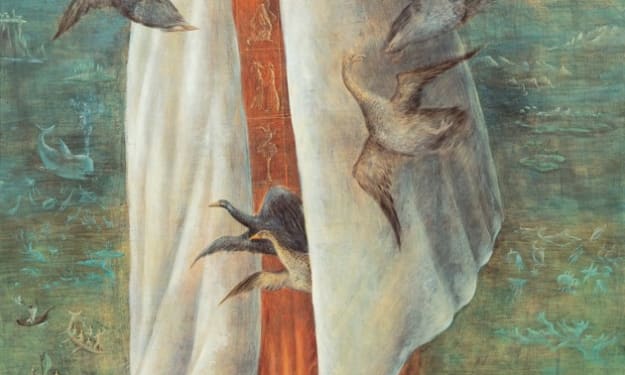



Comments
There are no comments for this story
Be the first to respond and start the conversation.